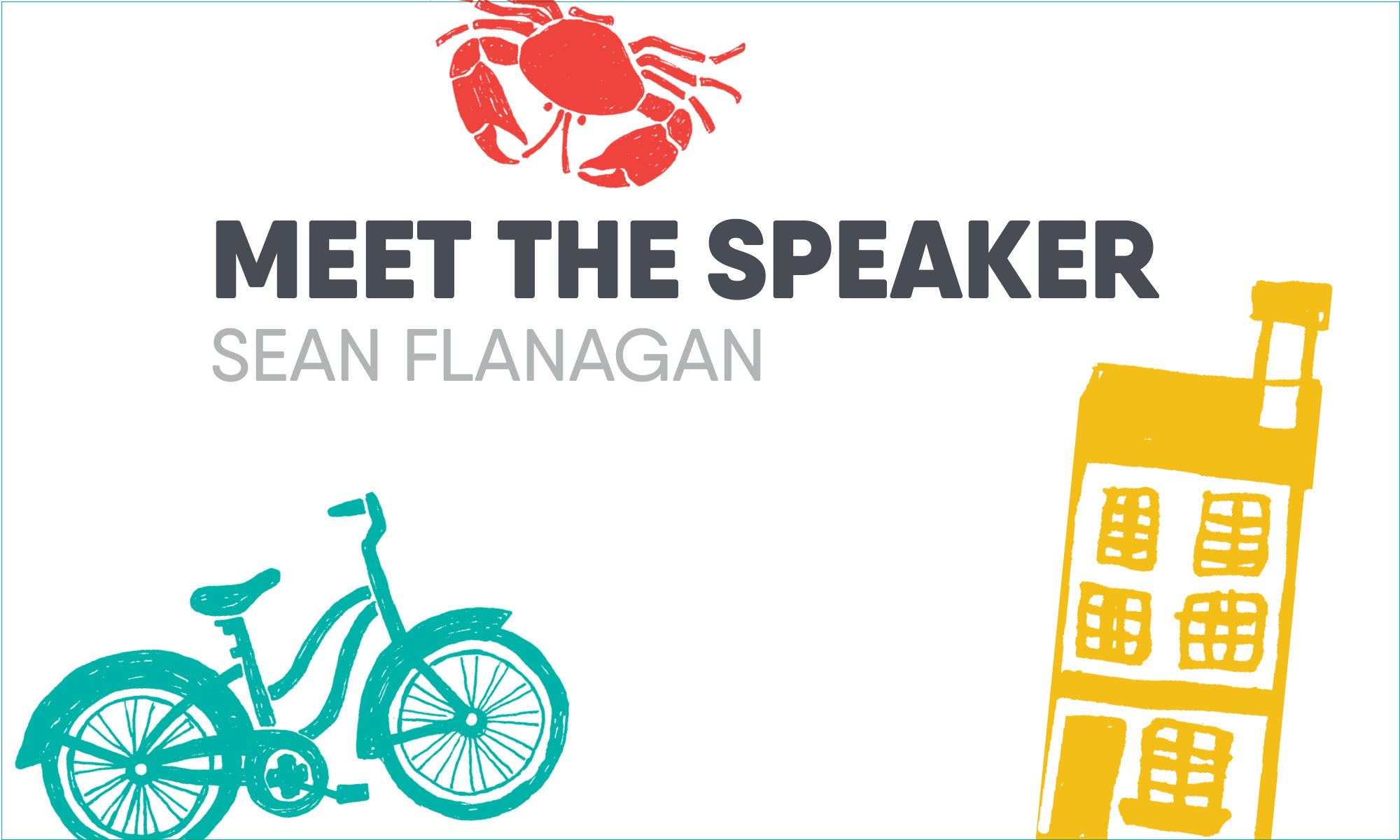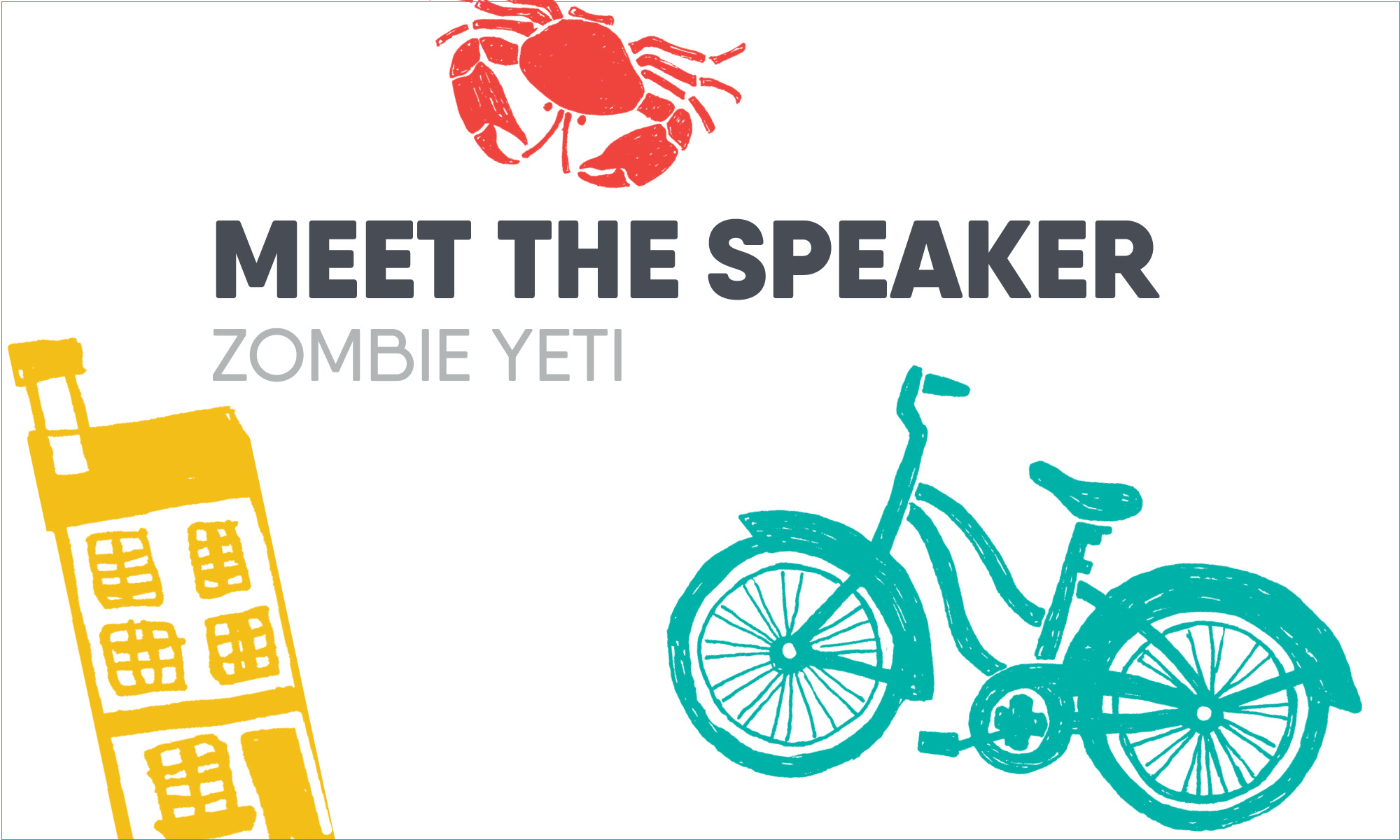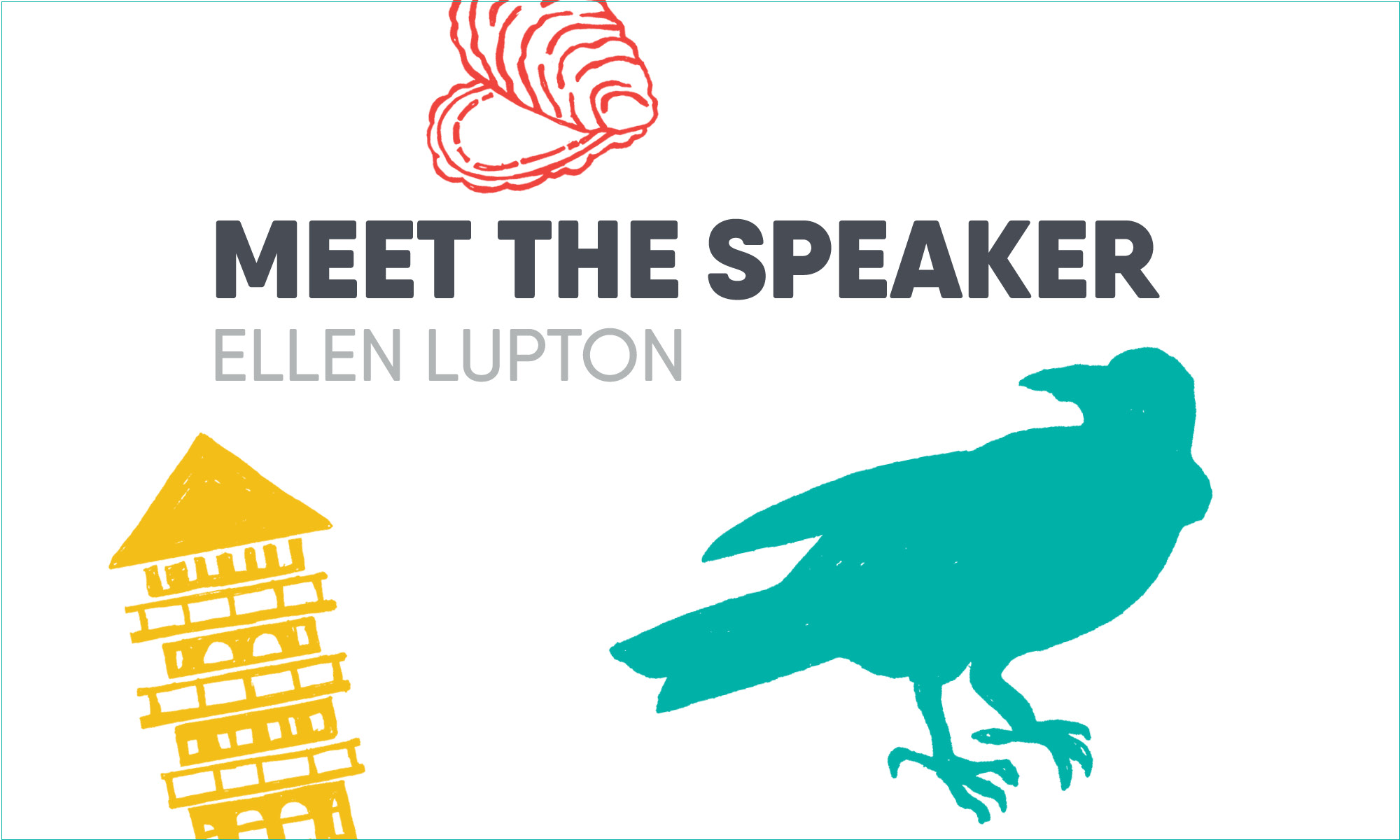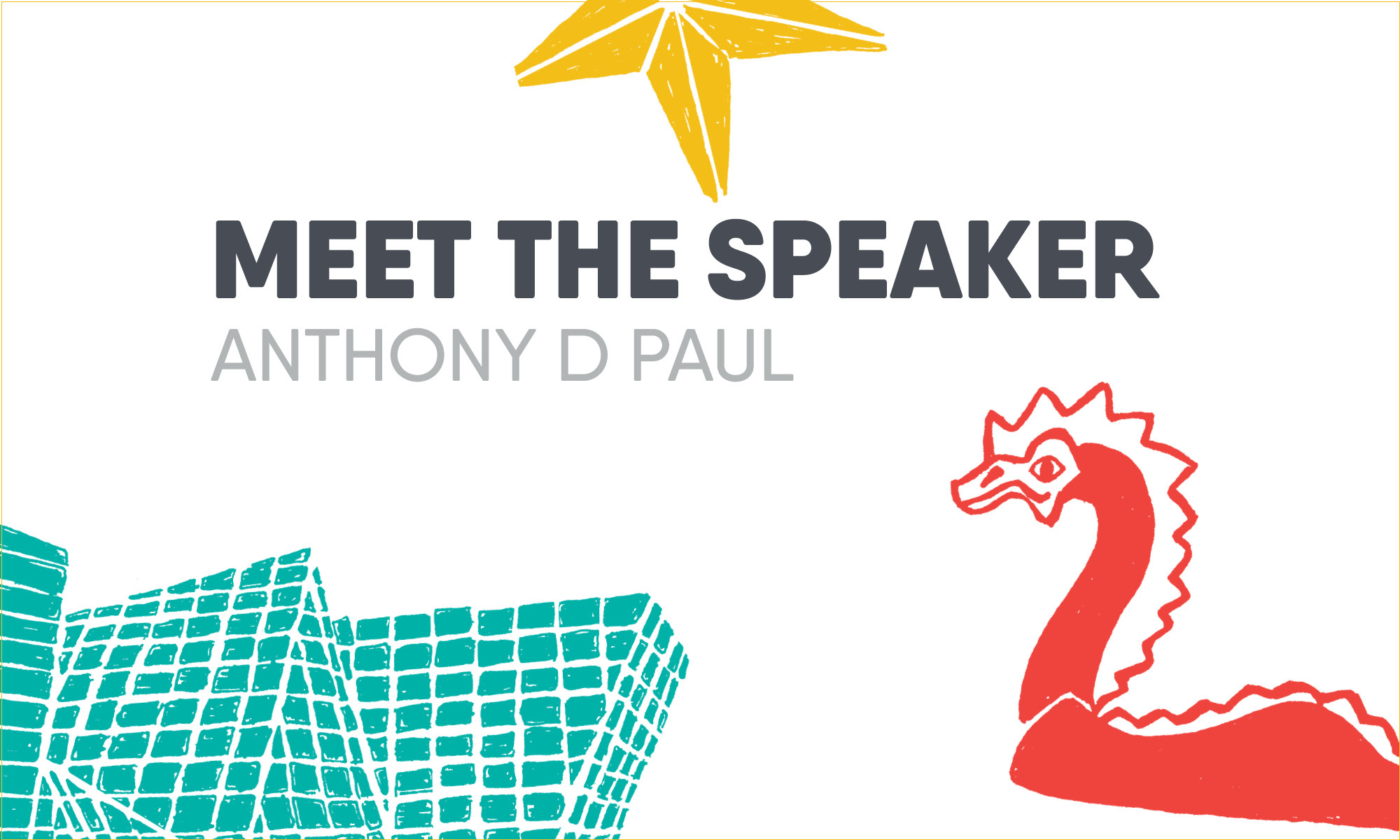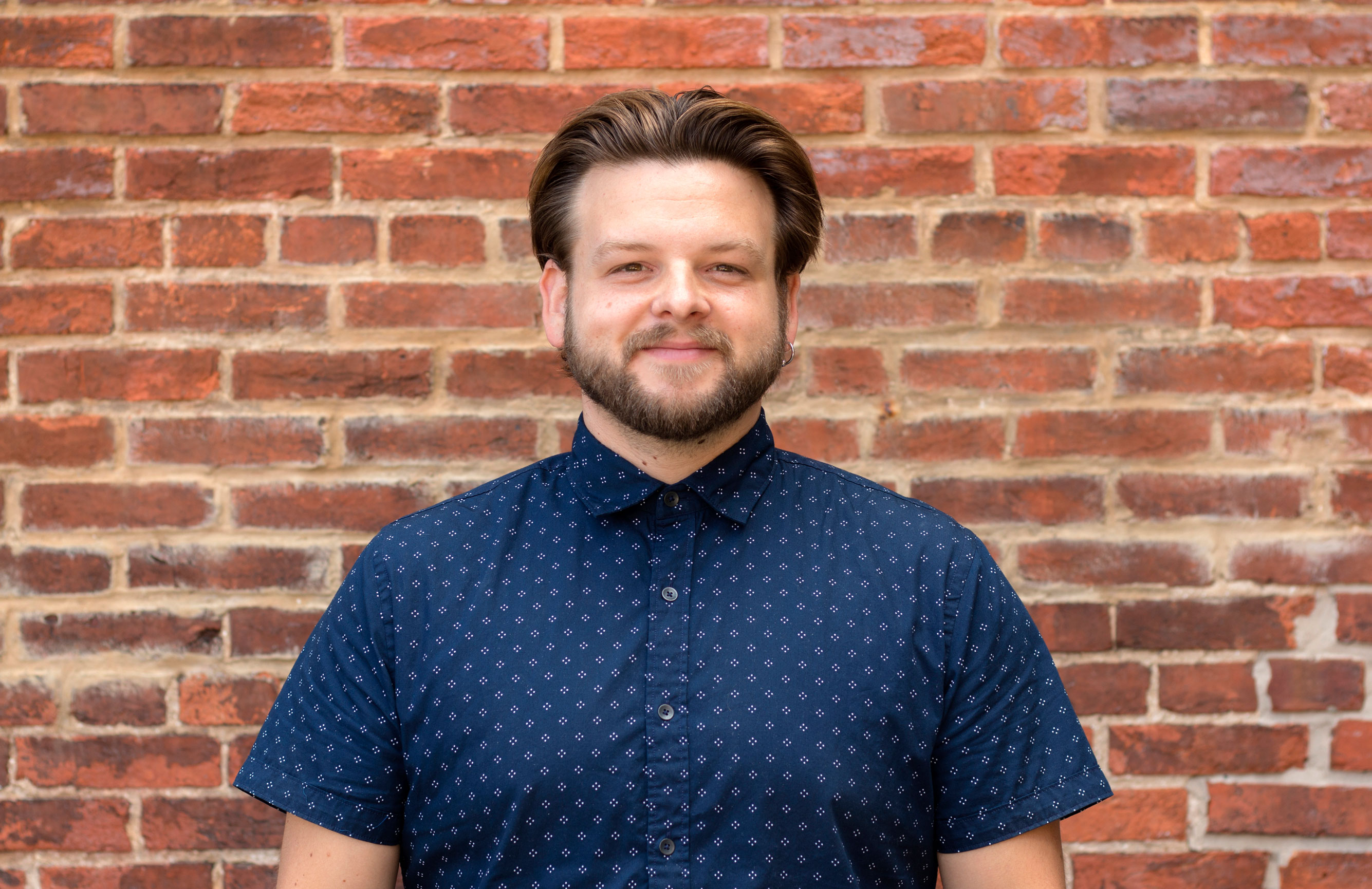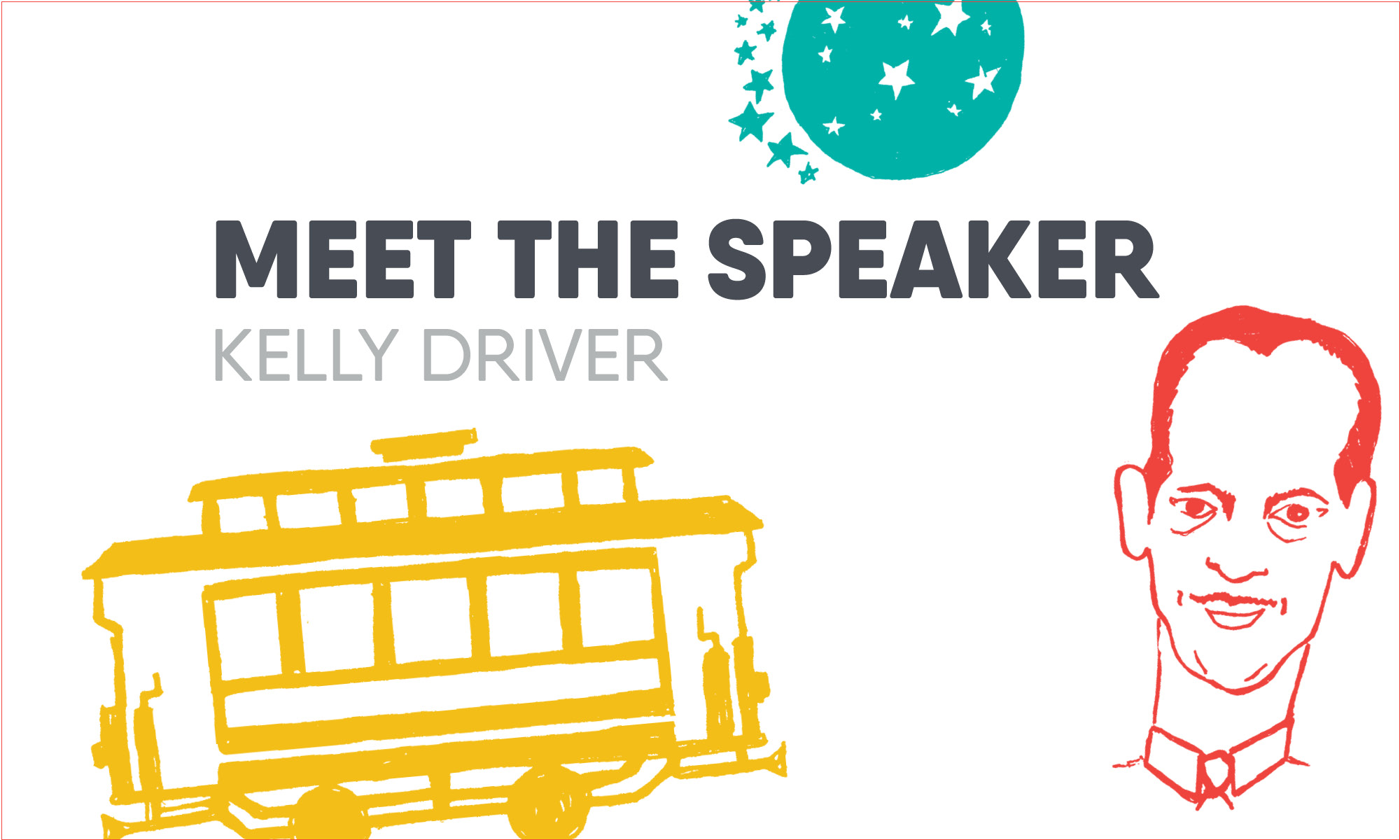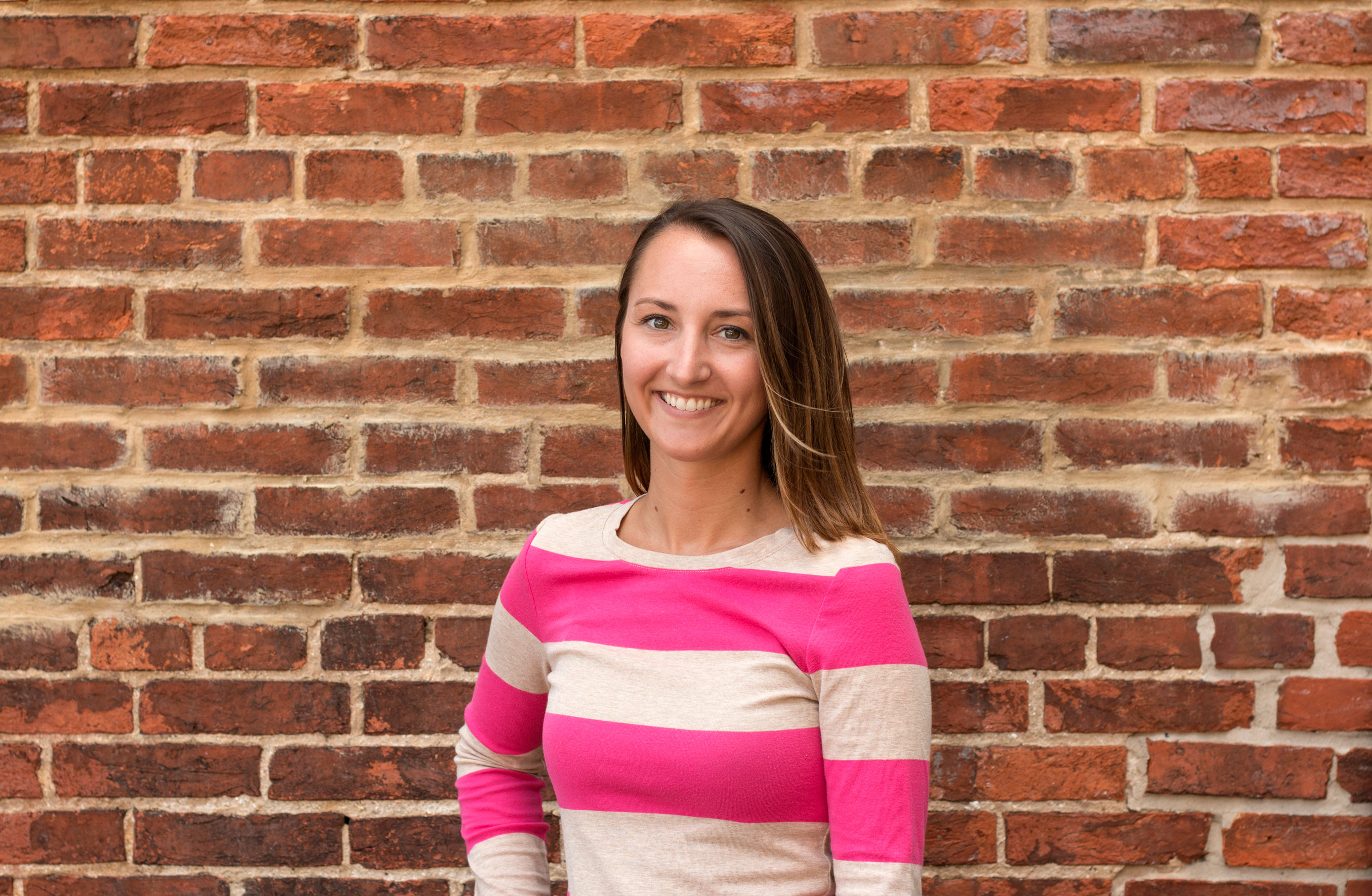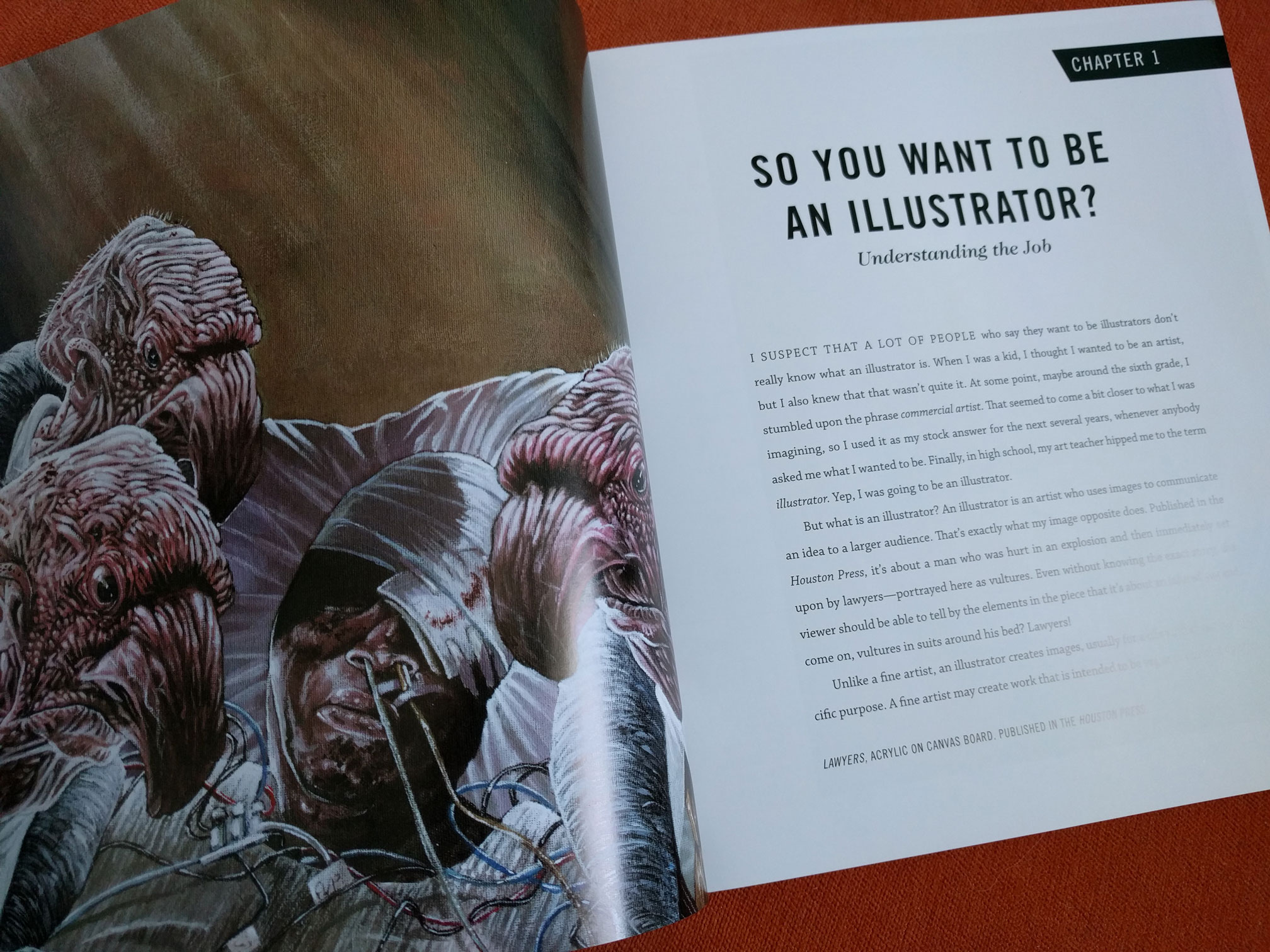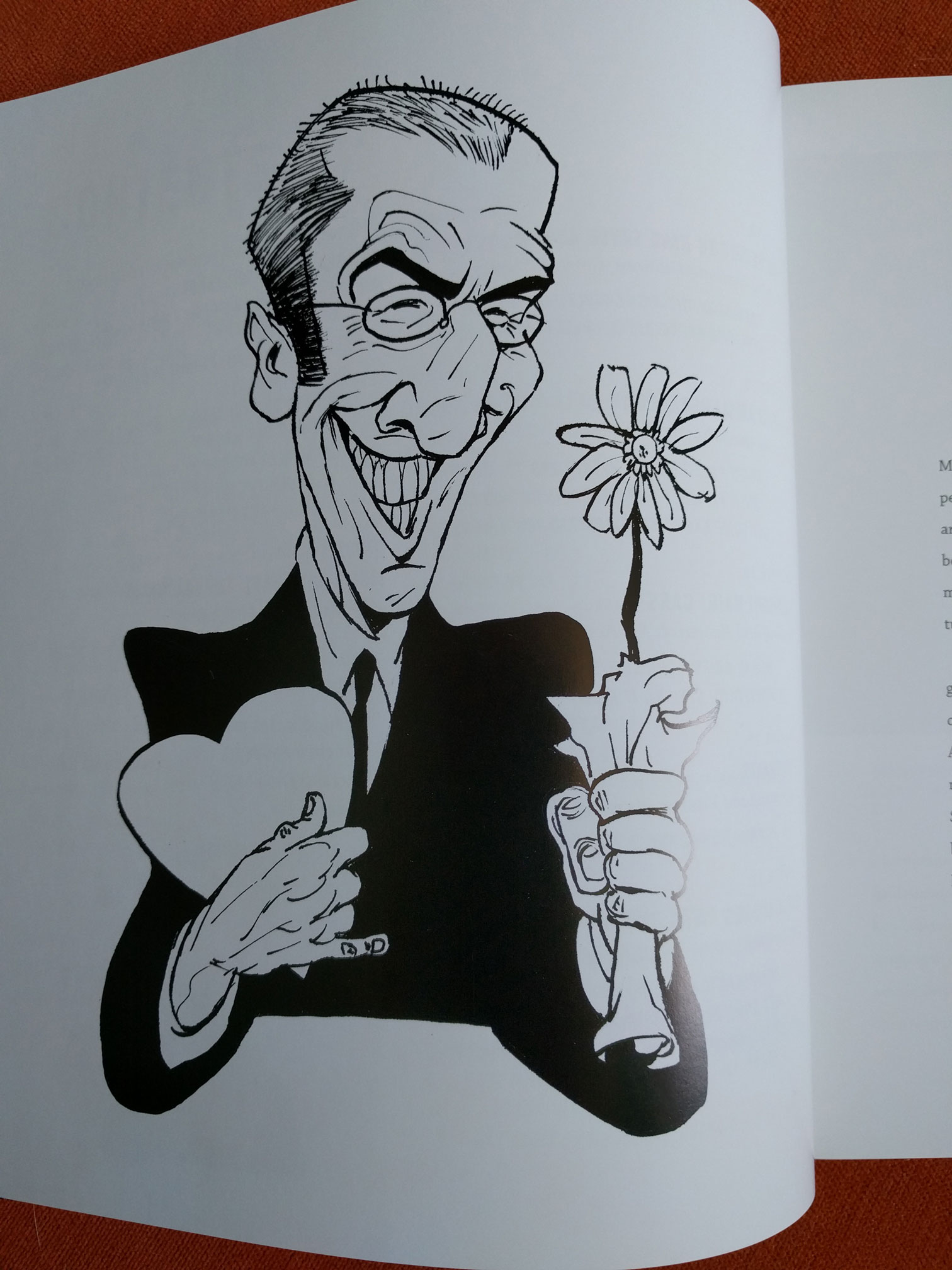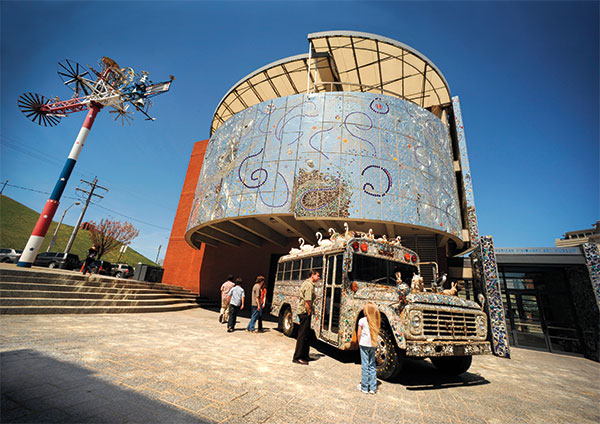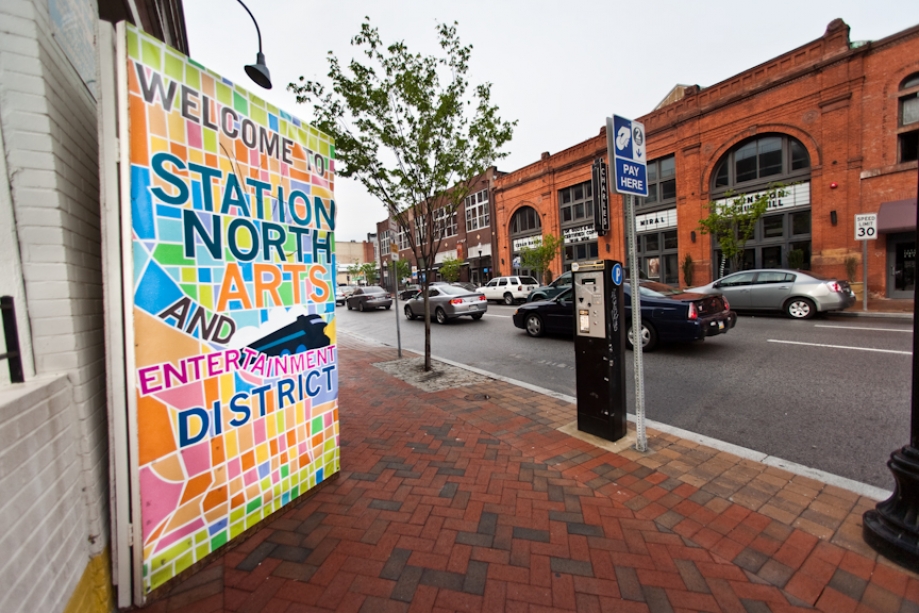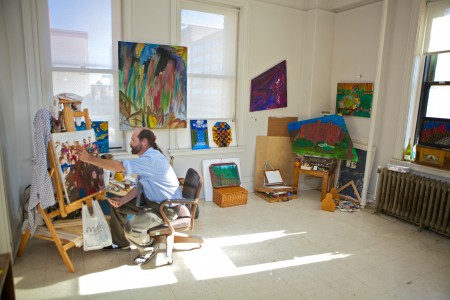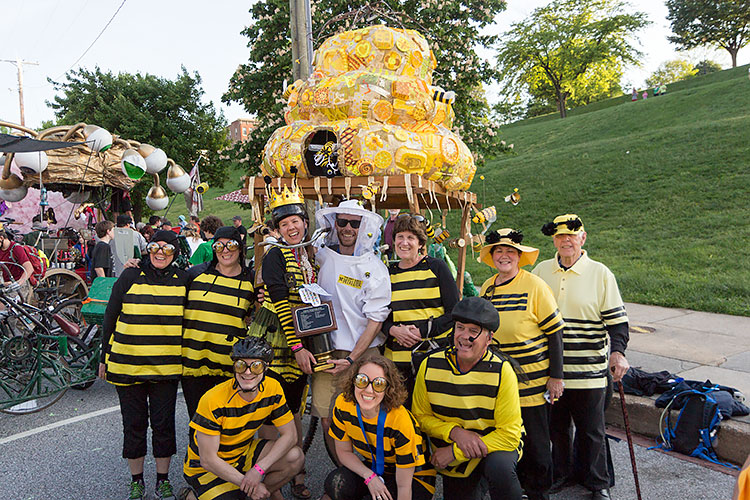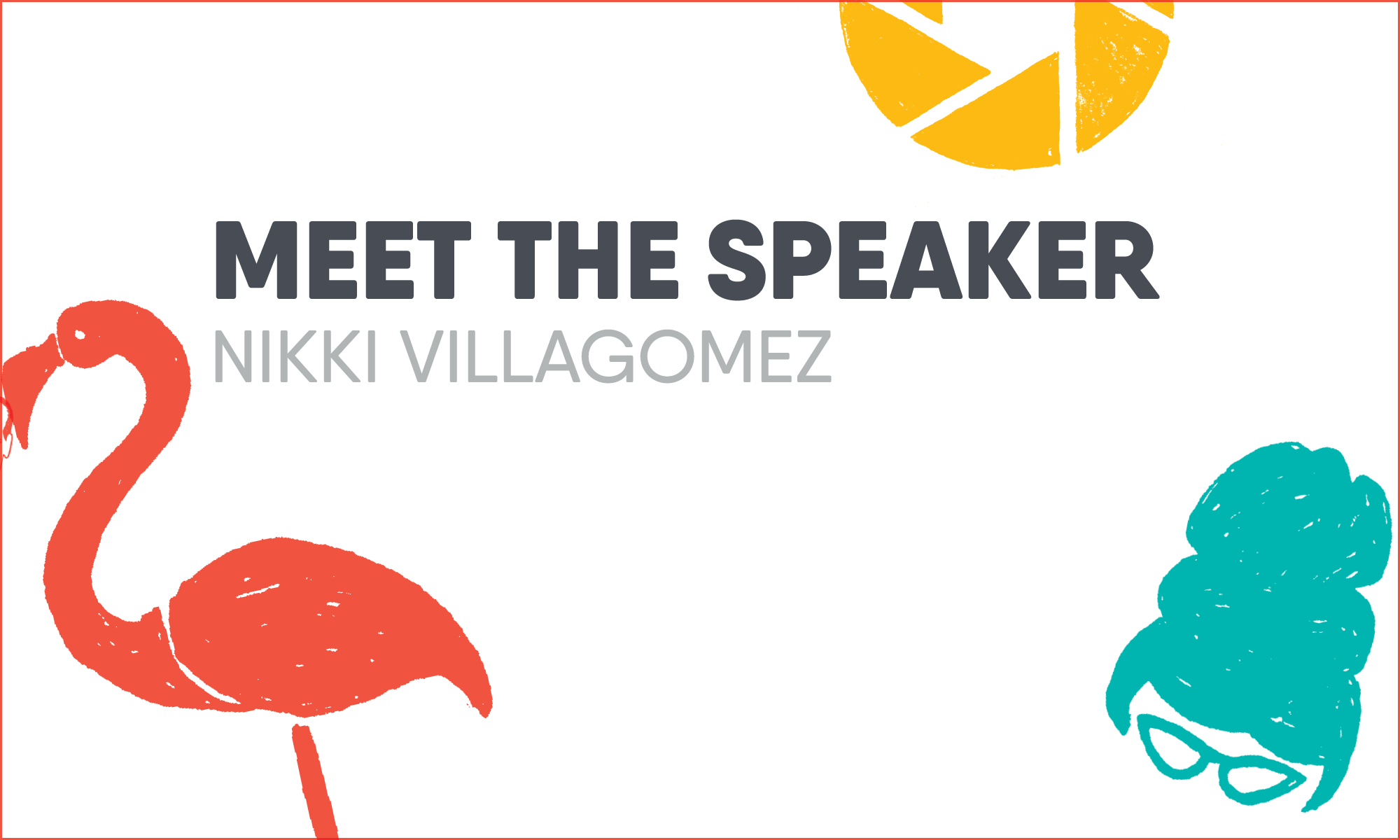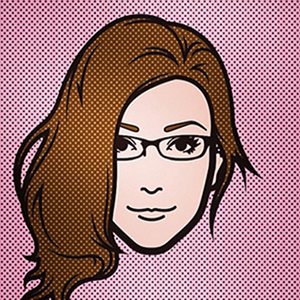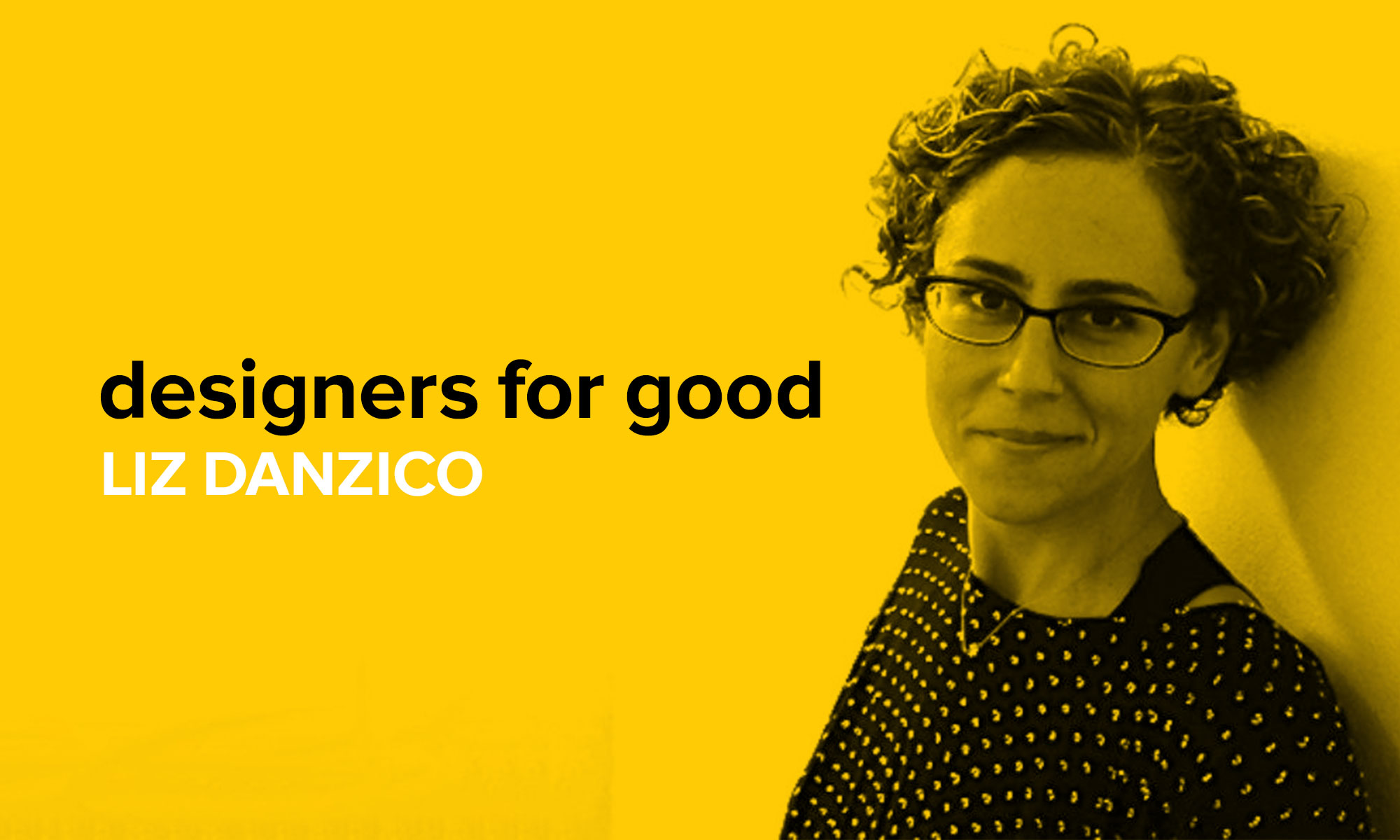Welcome to AIGA Baltimore’s Designers for Good interview series, featuring conversations with designers who work in the field of social innovation.
Shannon Ryan is Vice President and Co-Director of Creative at Burness, a global communications firm supporting nonprofits and the people they serve. Shannon joined Burness in 2011 as an Art Director and works on a variety of projects—print publications, information graphics, and websites—each with the goal of using visual communication to enhance a message.
Before joining Burness, Shannon was the Senior Designer at the Center for American Progress, where she designed Center’s publications and created graphics on a range of policy issues. She has also worked as an environmental advocate with the U.S. Public Interest Research Group and has spent time in Nairobi, Kenya interning at the United Nations Environment Programme.
Shannon graduated from Cornell University with a degree in government and international relations and has also studied at the Corcoran College of Art + Design.
What is your background?
I studied government and international relations in college and then moved to Washington, DC to lobby Congress to protect endangered species, an issue that’s close to my heart. I was writing a lot of reports, and I soon realized that I enjoyed designing the reports more than I enjoyed writing them. So I decided to transition to a design career. I’m happy I did!
How and why did you becoming involved in designing for social innovation?
I didn’t want to leave behind work in the nonprofit and social change field after I became a designer, and I knew I would be happiest if I were able to work on issues I care about while doing the job I love. I got my feet wet in design at a health consulting firm, and I really appreciate the design fundamentals I was able to learn there. But I was eager to return to an advocacy environment so I moved on to be a designer at the Center for American Progress, a progressive think tank. After that, I started working at Burness, a communications firm that partners with nonprofits on a broad range of social change issues. I started up the in-house design department, and I’m still here almost five years later.
How do you define design for social innovation and how does your role at Burness accomplish this?
I think of design for social innovation as design that’s focused on improving people’s lives. “Traditional” design principles apply, and we still aim to make things engaging, enticing, and alive. But we’re using design as a tool to promote ideas and tell stories that will make a positive difference in the world (we hope!).
What’s the importance of design and communication in social innovation?
Designers have so much to bring to the table. One of the ways we’re most useful is in making content accessible to people who don’t live and breathe an issue. When I begin a design process, I’m often very unfamiliar with a topic. It’s not a detriment; it actually requires a researcher or advocate to explain their work in the simplest terms. That allows me to approach a design from a place of simplicity, adding detail as needed. As designers, we can help scale back content to its core messages, which will often resonate with a broad audience.
One of the most rewarding parts of design is the before and after. How does a presentation look when a client comes to us, and how does it look after? How much better does it communicate? It’s really a privilege to be able to help people who are doing important work present it to the world more clearly, beautifully, and compellingly.
This is still a new field, where do you see the area of social design moving in the future?
I actually think designing for social change has been around for a while, but it might be finding more of a defined niche with design firms like Hyperakt or Purpose, or even our own in-house design operation, being solely devoted to social change design.
Where it’s going, I’m not entirely sure. I’m writing this on one of the darker days in recent American history, following the deaths of two African American men at the hands of police and the killing of five police officers at a protest against police brutality. Designers have a role to play in making our communities and our country better, as we all do. The Washington Post is doing it by tracking the number of deaths from police through this interactive piece. As we grapple with these enormous and entrenched issues, designers can continue working with journalists and advocates to bring information to light, which is an important part of making change.
What advice would you give a designer interested in entering the social innovation space?
Do it! When I’m hiring designers I look primarily look for three things: 1. Good design fundamentals (obviously). Learn typography, learn color theory, learn hierarchy and spacing. 2. Passion. If you want to do this kind of work, let it show through your work and in your cover letter. 3. Curiosity. You don’t have to have a background in the history of social change movements or be a health care wonk, but you should be excited to learn. Designing for social changes goes far beyond “making things pretty” (as all design should), so it requires digging into content to understanding what you’re trying to communicate.
Overall, it’s very rewarding to pair a love for design with a desire for change. You get to take your conscience to work, as they say.
What are your favorite projects and why?
At Burness, our partners range from large, global foundations to small, local nonprofits in the DC area. I’m very proud of the work we’ve done for Serving Together, an organization providing resources for veterans in Montgomery County. We designed their logo and their website, and we continue to support their work in making resources accessible for the men and women who serve our country.
I’m also excited about the work we’ve done with several nonprofits and foundations in promoting indigenous peoples as stewards of the forests where they live. Forests are key to curbing climate change, and the greatest preservation of these lands happens when their management is in the hands of those most invested in it—the people who live there. For last year’s climate change meetings in Paris, we collaborated on the #standwithforests campaign, encouraging world leaders to make a commitment to indigenous peoples and forests. Our graphics were shared on social media and used as backdrops for high-profile events. It’s always very rewarding to see our designs in action.
What are challenges you have encountered while working for social innovation?
A recurring challenge is in trying to prioritize content. Our clients’ passion and depth of knowledge means they often want to communicate a great deal of nuance and detail. For some of the most common means of communication these days (read: social media), simplicity is king, so we have to work with clients to really focus on the one or two messages that will capture attention as people scroll quickly through their social media feeds.
Closing thoughts?
Thanks for interviewing me! It has been fun to share these thoughts and some of our work. I love that AIGA Baltimore is committed to social change design, and I’m looking forward to hearing from others doing this kind of work in the area.

About Design for Good
Design for Good is a platform to build and sustain the implementation of design thinking for social change. This platform creates opportunities for designers to build their practice, their network, and their visibility. Design for Good recognizes the wide range of designers’ work and leadership in social change which benefits the world, our country and our communities.
Design for Good supports and sustains designers who play a catalytic role in communities through projects that create positive social impact. By connecting and empowering designers through online networking tools, inspirational stories, chapter events, training, national advocacy and promotion, Design for Good serves as a powerful resource for designers who wish to work in this area and a beacon for designers leading the charge.
